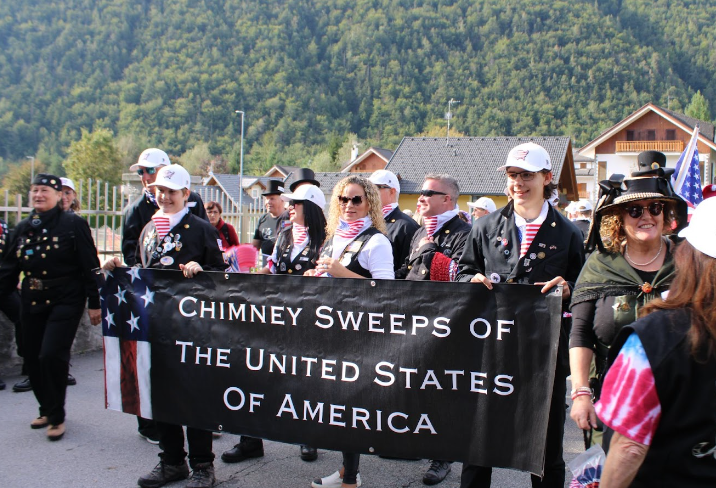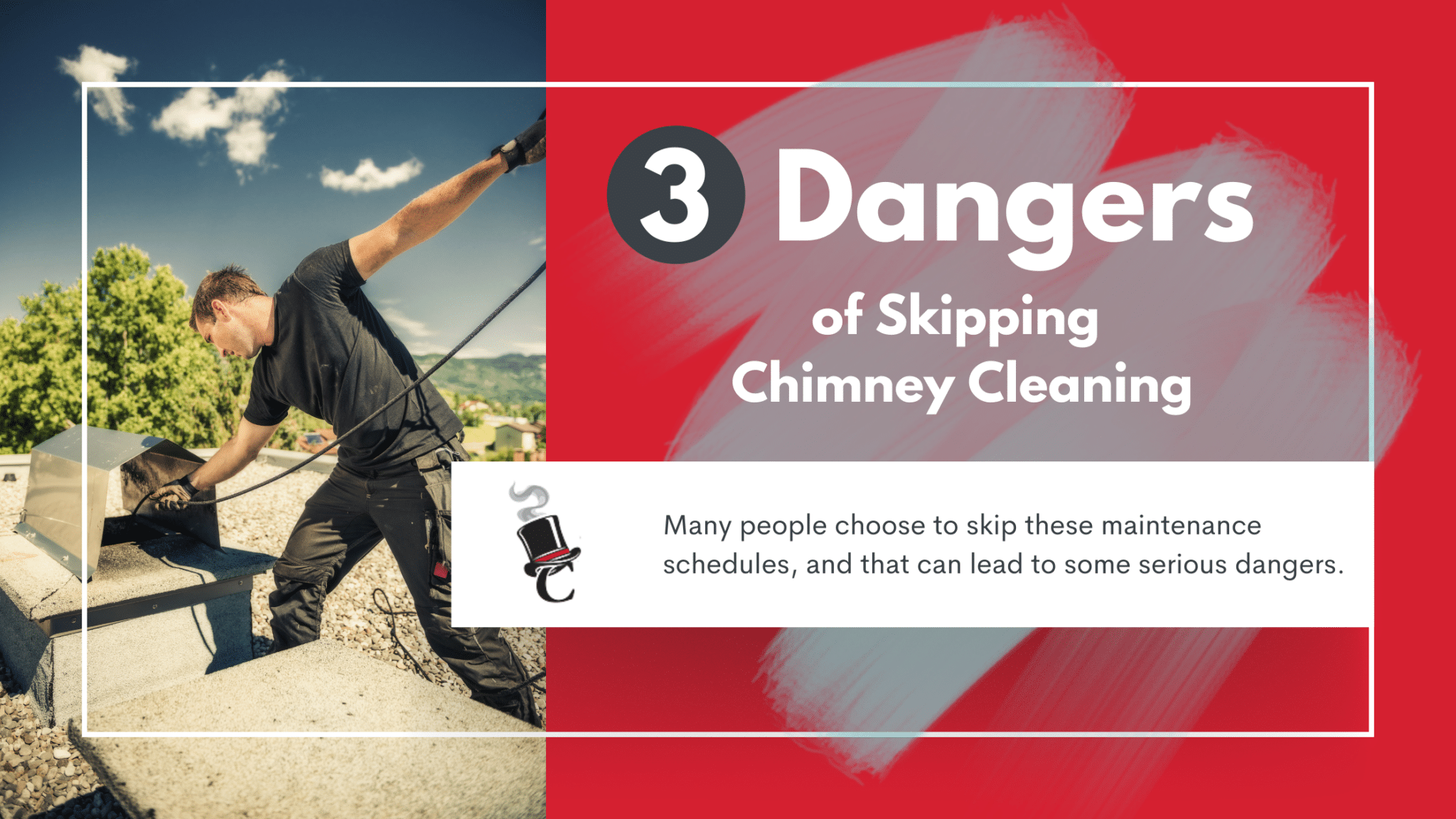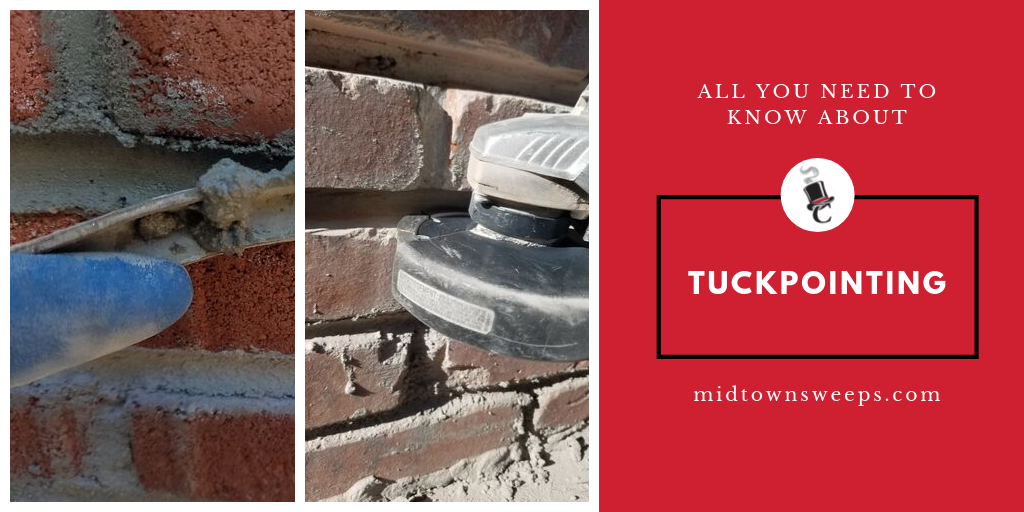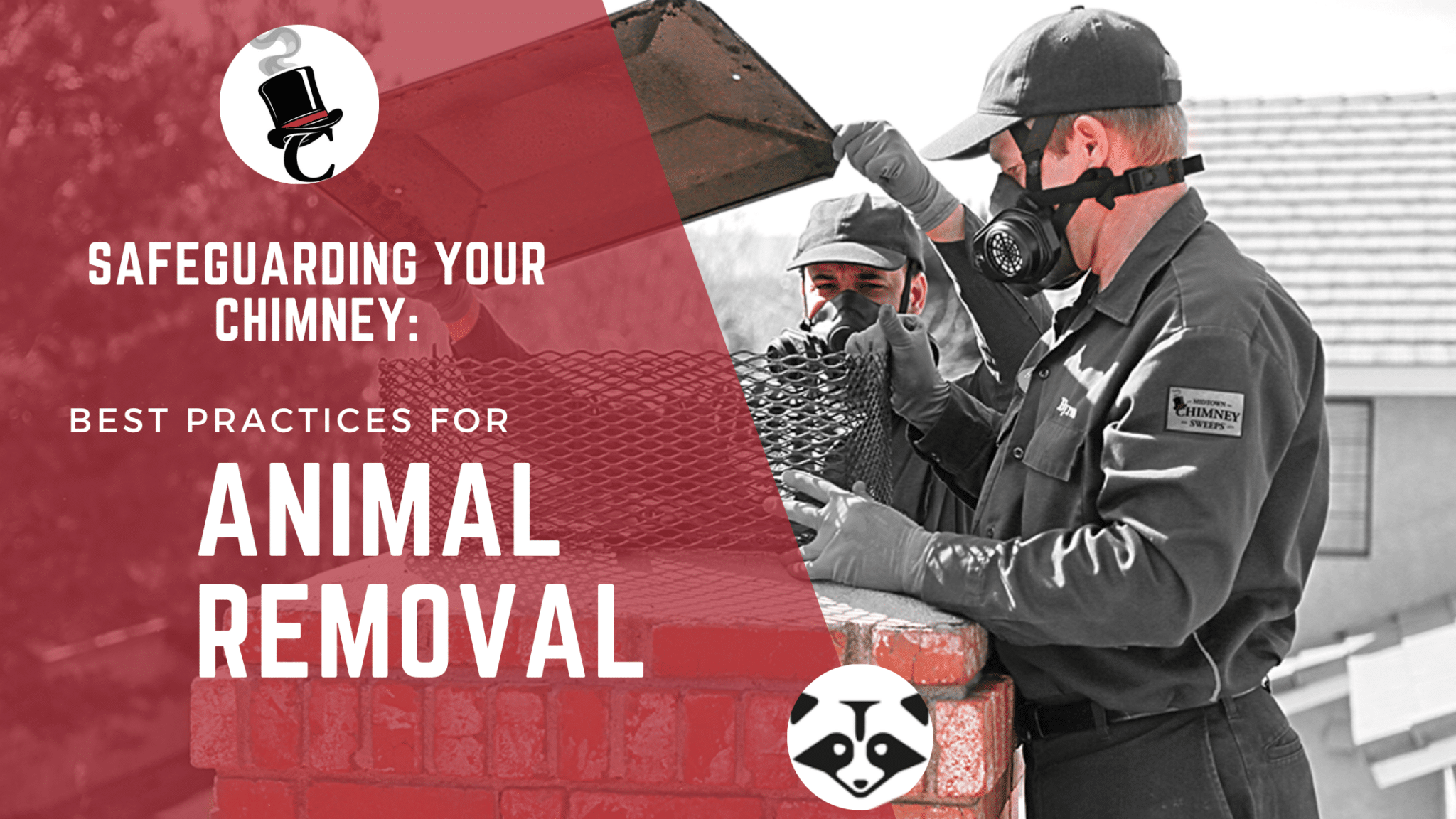By Byron Schramm, Founder, Midtown Chimney Sweeps
So I’m in Germany on a family sabbatical studying chimney sweeping in Europe and I’m walking around what might be described as an Ace Hardware for chimney sweeps. It’s a brick-and-mortar tool and equipment store exclusively for the hearth industry. Stocked with brushes, rods and ropes, there’s everything that one would ever need to sweep and inspect a chimney in any size or condition. And I can walk out the door in five minutes with THE tool in my hand. No two week wait. No backorder. Star brushes, weighted balls, smoke test pellets, inspection cameras, uniforms, chimney sweep figurines, schornsteinfeger-shaped cookie cutters, logoed scarves and key chains. Furthermore, there’s a training center downstairs with weekly classes on tools and equipment and various seminars on things like upcoming government mandates.
So how did that make me feel? Like a professional. Like a respected professional.
Tools of the trade. They are the indispensable coworker. We depend on them to get the job done. I keep thinking about a line from a poem…And all trades…their gear and tackle and trim. My son loves that line. It speaks to his love of EDC. Every Day Carry. To be in that store in Germany where I could see the tools of my trade, my EDC defined in one place, was slightly life-changing. I didn’t realize how much this was missing back home. In America, while I can get anything and everything on the internet, my access to chimney equipment sort of side-stepped a necessary developmental milestone. I never knew what existed in the first place so when everything moved to the internet it made things strangely harder to find, hiding things in plain sight. It isn’t that the internet doesn’t have what I need, it’s that I don’t always know what’s available.
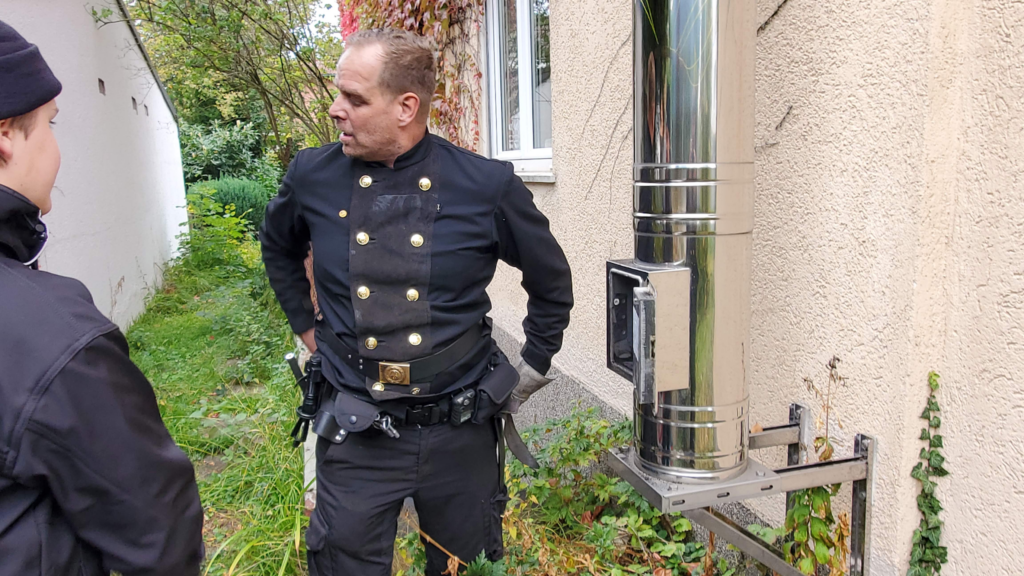
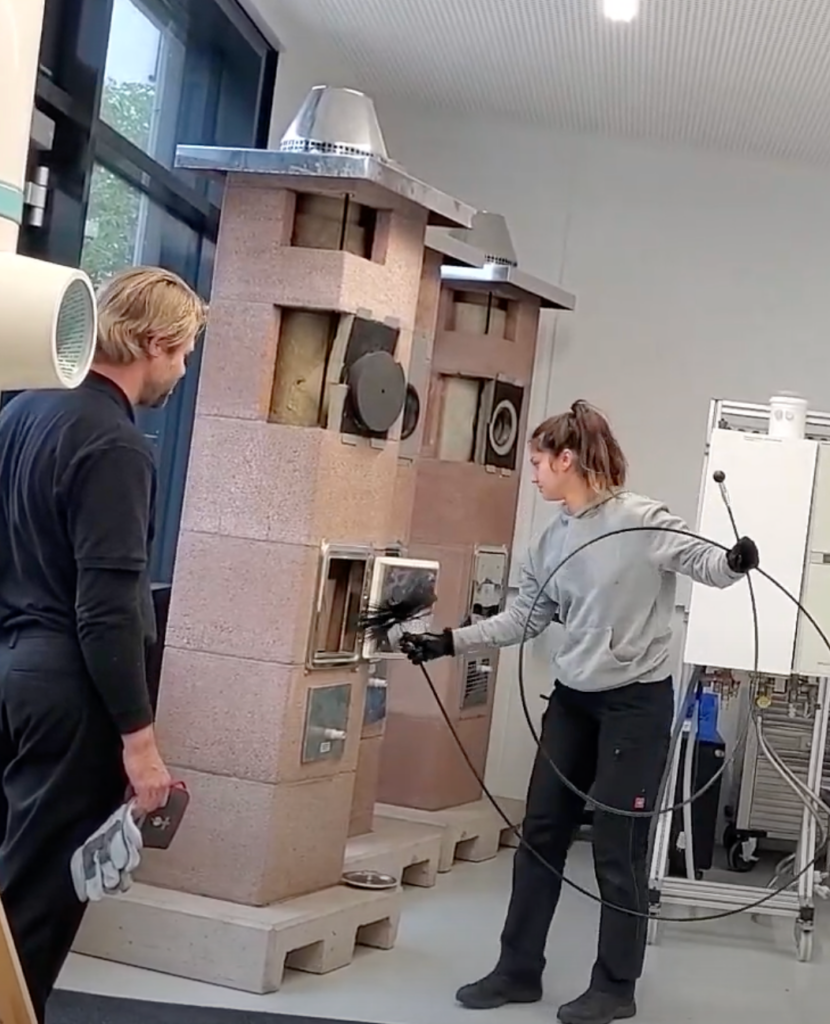
My purpose in this article isn’t to roast our American industry, but to learn from another country who has simply been doing this a lot longer. Granted, for many years, chimney sweeps in Germany have been pseudo-government employees much like postal workers and firefighters. This model has afforded their sweeps with a guaranteed minimum amount of work, day in and day out. It has forced the demand which has forced the supply. This concept sometimes has free-market-loving Americans scared, but it isn’t necessarily a bad thing. According to my economist wife, one of the roles of government in a free society is to help correct a market when the natural demand for something is not what it should be. For example, food safety regulations, reasonable building codes, and required education are examples of where the market might not adequately incentivize these behaviors which are, in the long run, the more profitable action. This is where mandates or laws might be helpful. And in America, the fact that chimney sweeping isn’t more legally encouraged, has, in my opinion, left the American demand for sweeps lower than it should be (a discussion for another day).
So back to Germany where chimney sweeping is in high demand, albeit government mandated. What has this robust demand afforded? I saw four main enviable things during my time there: chimney sweep schools, trade stores with integrated training centers, research and development for innovative technology, and a household level awareness of the industry. Let’s take a closer look at each one.
Chimney Sweep Schools
The chimney sweep school system is sophisticated and complex. Just what you would come to expect in a country whose smooth and efficient manufacturing systems bring us BMW, Porsche and Mercedes Benz. In Germany there are 16 chimney sweep trade schools, functioning somewhat like four-year colleges, complete with dormitories and cafeterias. All new chimney sweeps (schornsteinfegers) are required to attend one day a week, while also working in the field. After three years of field and classroom work, students may progress to master sweep school. This is a full-time school experience for 12 months, hence the cafeteria and dorms, at the end of which is a formal graduation. Now the sweep becomes a schornsteinfegermeister and can apply for their own district (about 1,000 homes). This will be their jurisdiction for a set period of years, and they are responsible for all official paperwork on all residences within that district. These meister chimney sweeps in Germany are so highly trained they ARE the official government body that approves a chimney’s use or not.
These schools made me dream about what it would be to have a constant stream of properly trained technicians. It would definitely be a solution to the biggest hurdle, by far, that many American chimney companies face. The true cost of recruiting, training, onboarding, deployment AND retention doesn’t live on our P&L or Balance Sheet – but it should. The better we are at training our technicians, the better the service to the end consumer. The better the technician’s onboarding experience, the more likely he and she is to stay and make a profitable business. Anyone want to build a trade school?
Trade Stores with integrated training centers
We are in a niche industry. We have unique tools that nobody else has occasion to use or buy. So why not have a physical store to sell them? In Europe the chimney sweep stores are run by local trade guilds, buying massive quantities and then selling at a discounted rate to all their members. It only takes a couple of team members to operate a store, so it is low overhead, and it provides tremendous credibility and convenience to the chimney sweeping specialty trade to be able to drive in and buy what you need. And it gets better. They always have a room downstairs where 20-40 people can sit for hands-on training. They have chimney models ready for show-and-tell and tools for practical demonstrations. This gives each region of the country a physical place to train, so sweeps do not need to travel far for ongoing professional development.
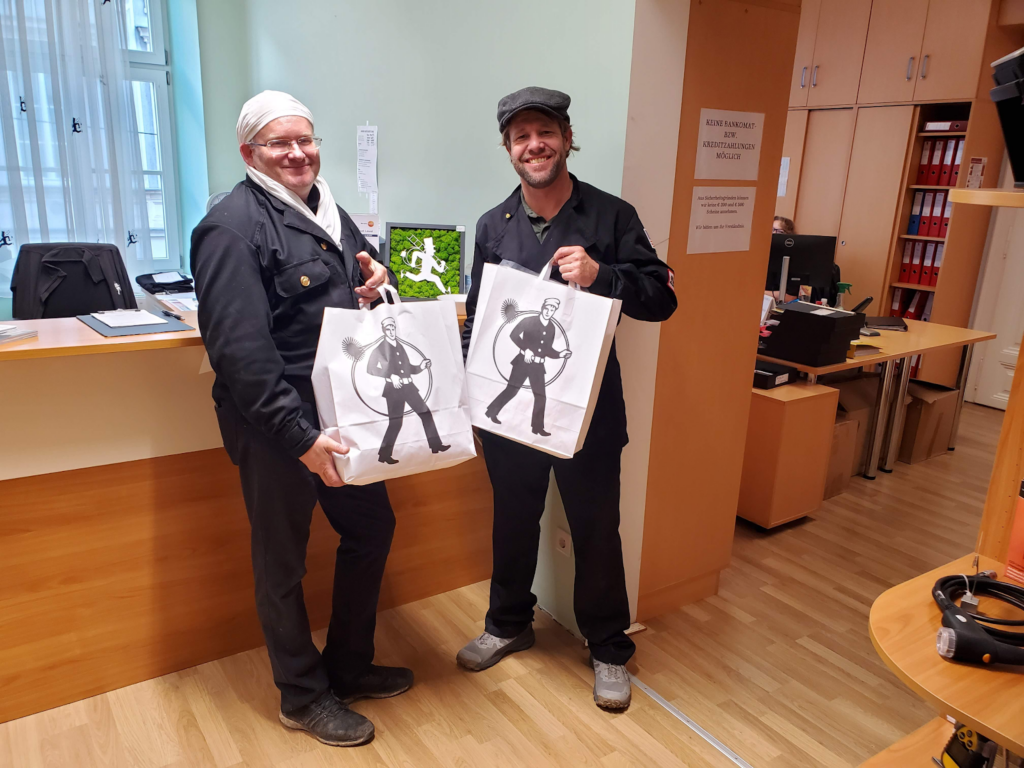
R&D: German Engineering in the Chimney Industry
Chimney tools have definitely changed over the years. The original chimney sweeping tools in Europe were bristle brushes. We also have records as early as 1432 showing grown men in Vienna sweeping large chimney shafts while clad in leather jerkins. The Germans and Austrian sweeps used a scraper tool for so long that it is celebrated in the logo of the federation of German sweeps today.
The current undisputed leader of German research and development for chimney inspection tools is Wohler, a solid 100 year old Mittelstand company in the center of Germany. What is a Mittlestand company? According to Wikipedia, it describes a company that is “highly focused, achieving unprecedented efficiencies by designing a business model with a razor-thin focus and learning to do the one thing really well.” Yup, that’s Wohler. They are known for making very high-quality cameras. Little is known about their device for chimney integrity testing as we don’t use this type of inspection in the United States. Yet. But I learned that it is the only way to objectively test a chimney’s integrity. The sweep places a foam block in the top and bottom of the chimney, and connects the Wohler DP600 machine. The machine applies a light pressure in the cavity and measures the leakage rate, comparing it to a known permissible leakage rate. It is pass/fail. No guesswork. That is cutting-edge chimney technology.
But one of the best sweeping innovations that I saw in Europe wasn’t so much in the tools, but in the building designs themselves. The rebuilding of Germany after WWII resulted in a unique opportunity; Most of Germany’s residential housing was rebuilt with non-combustible materials and included access points for ongoing building maintenance. In the case of chimney design, they used an air-cooled, masonry modular system. Similar to clay flue tiles in masonry fireplaces in the USA, they built chimney stacks in the center of their buildings to serve the more efficient German boilers and furnaces. Their modular air-cooled masonry chimneys are so sturdy that several chimney sweeps literally burn out the creosote when they cannot sweep it out. The tool used is a weed-burner torch, fueled by propane. The process is called a controlled burn.
The chimney fire controlled burn takes about 2 hours, and the sweep returns later to sweep it out and ensure it is safe. We have videos of this intentional ignition and burning process, which is scary for us American sweeps, and even some Germans. However, some Germans still use this controlled burn technique for removing creosote. Warning: Please do not try this at home in your wood framed house!
A household level awareness of the chimney sweep industry
Its the dream of every marketing department to make their brand become a household name.
The German chimney sweep logo is very recognizable throughout their country as they have the unique advantage of being connected through a central guild. And the sweeps dress for success. Black leather trousers, black double-breasted jackets with two rows of brass buttons and a white kerchief around the neck. I found myself buying gear and wearing the logo with pride, even though I was an American, because I was connecting myself to this massive body of men and women in the chimney sweep trade.
The annual government-mandated sweeping of chimneys in countries like Germany, Austria, and Switzerland provides the power of being a legitimately powerful profession on a culture level. In Europe the chimney sweep is a known commodity. The industry has done a remarkable job of promoting the image of the sweep as a trusted, helpful sort. Through marketing, toys, and lots of swag, the perpetuation of the chimney sweep as a symbol of good luck is no accident.
So what do you want to be when you grow up? A fireman, a teacher, a chimney sweep. Tools. Gear. Tackle. Trim. Handwerk. We are chimney sweeps. This is what we do.

About the Author: Byron and Verity Schramm are proprietors of Midtown Chimney Sweeps Franchise, having presence in 15 US states. They recently concluded a seven-month family sabbatical delving into chimney construction and chimney sweep technology throughout Europe. They are deeply committed to generationally-held, family-owned businesses which holds value for employees, customers and owners themselves.
Additional Resources: Check out chimney sweeping across the globe.
In this video we take a tour of a day in the life of a German chimney sweep.
We swept 6 chimneys in less than 1.5 hours and do it all from the outside.
https://youtu.be/dJgbphNtvRg?feature=shared
Take a tour of THE headquarters of German Wohler company!
Here you will see combustion analyzers, gas line pressure testers, cameras, particulate emission testers, and the pressure testing device DP600 for chimney integrity testing.
https://youtu.be/4i9d0c_wVlE?feature=shared
Take a chimney sweeping tour with Austrian chimney sweeps.
https://youtu.be/yNVIpabbJIw?feature=shared
In this video we see an Austrian Chimney Sweep Store, a place where sweeps come in and purchase their unique supplies.
https://youtu.be/G171oYpqEQg?feature=shared
This article was published in Sweeping Magazine, June 2024 by the National Chimney Sweep Guild.
